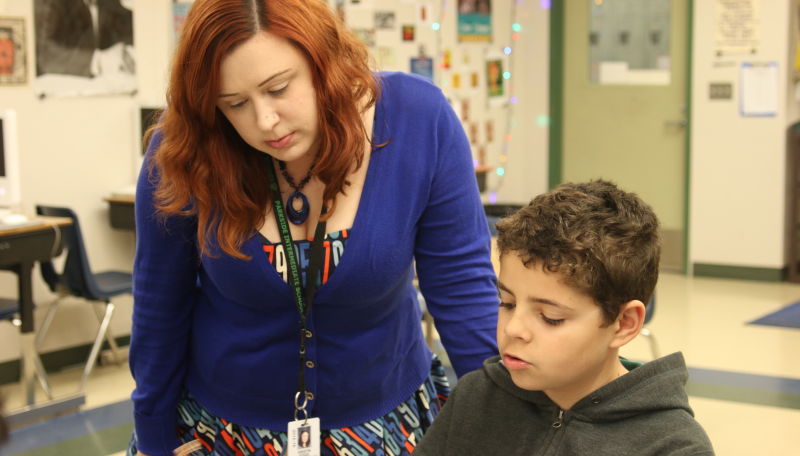Students with special and exceptional needs are placed in inclusive learning environments more frequently than in the past. For general educators with a limited special education background, this can often be anxiety provoking and stressful. Every teacher wants to provide the best instruction and education for her students. As a special education teacher for the past ten years, my job has been to support general education teachers when we share responsibility of students with special needs. I work with them to ensure that all students have the necessary resources in order to be successful, and that they themselves can grow and learn as an educator. Here are five strategies that have been successful for working with students in the inclusive classroom.
1. Get to know your students’ IEPs/504s
Upon receiving notice that a student with a specific plan is entering your class, it’s important to connect with that student’s case manager. For a student with a 504 plan, that is usually the school counselor; for a student with an IEP it’s either the Special Education Teacher or Resource Specialist. You should receive a brief synopsis of the IEP, often referred to as the “IEP at a Glance” form. This will detail the specific services and minutes each student receives, as well as any accommodations and modifications that are available for them.
One of the most common accommodations for students with special needs is preferential seating. This doesn’t always mean in the front row of the classroom right next to the teacher’s desk. There are many instances where seating a student in the front row can be catastrophic! Most of the rooms I see are grouped in clusters; I like to make sure that a student I am working with is next to peers they feel comfortable with, and can help explain a concept during collaborative time. Seats away from distractions such as windows or doors is quite helpful for students with attention issues.
Take Action: Check and make sure you have current documents for students in your class. Make a chart with what services each student receives and how frequently. Make note of their next IEP meeting date. If you haven’t started one yet, start a folder for student work samples-this will make the Special Educator’s job that much easier!
2. Implement Universal Design for Learning (UDL)
Universal Design is so much more than one of the hottest buzzwords circulating around education circles. It’s an approach to curriculum planning and mapping that makes learning engaging and accessible to a wider range of learners with different strengths and needs. UDL builds on Howard Gardner’s theories of multiple intelligences, in that it calls for teaching to utilize multiple modalities, and for students to respond to learning with a variety of assessment tools. Educators that recognize the importance of UDL realize that we all learn and express ourselves in different ways, and that in order to assess skills we need to be allowed to use our strengths, while practicing our areas of need at the same time.
